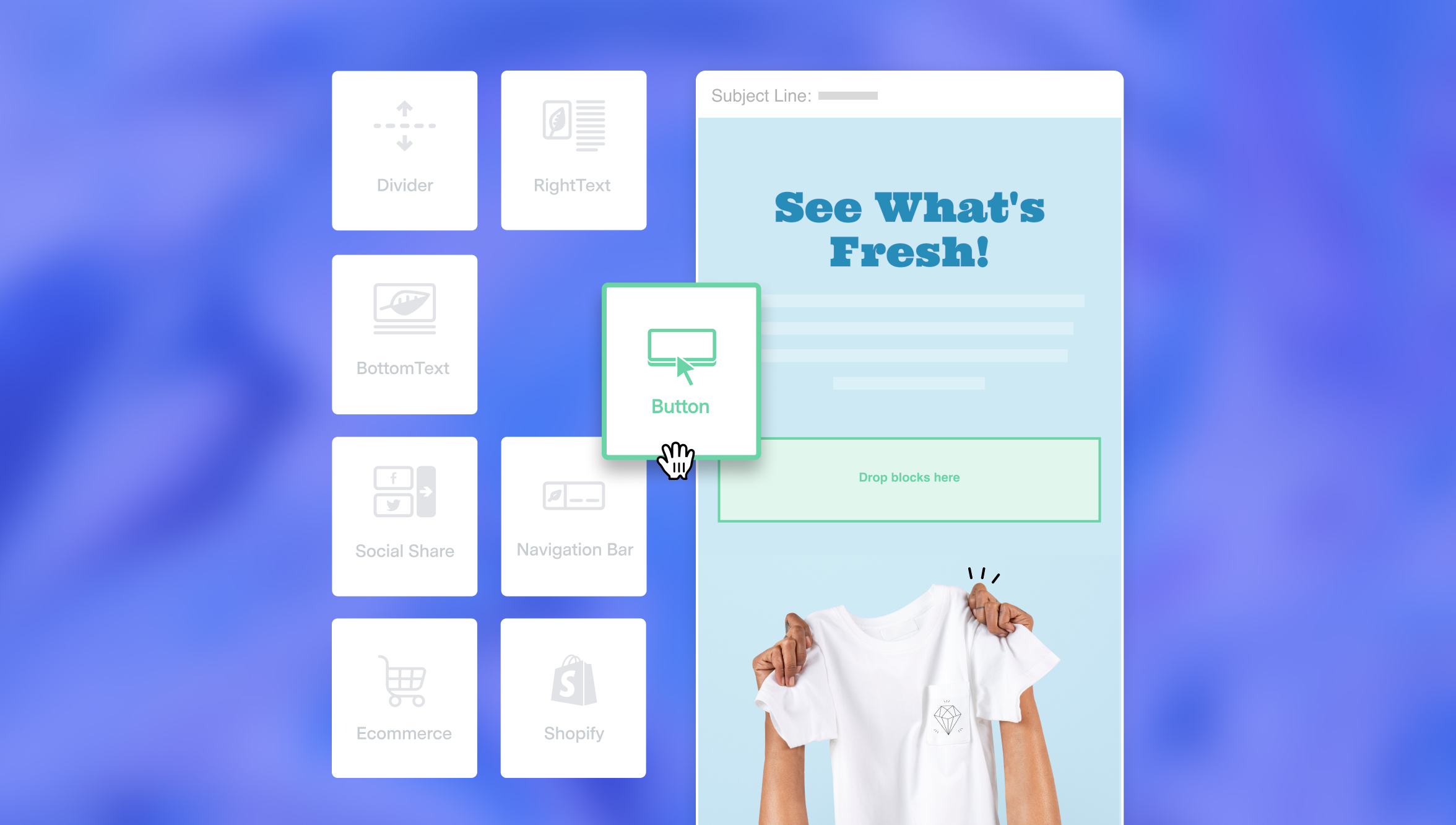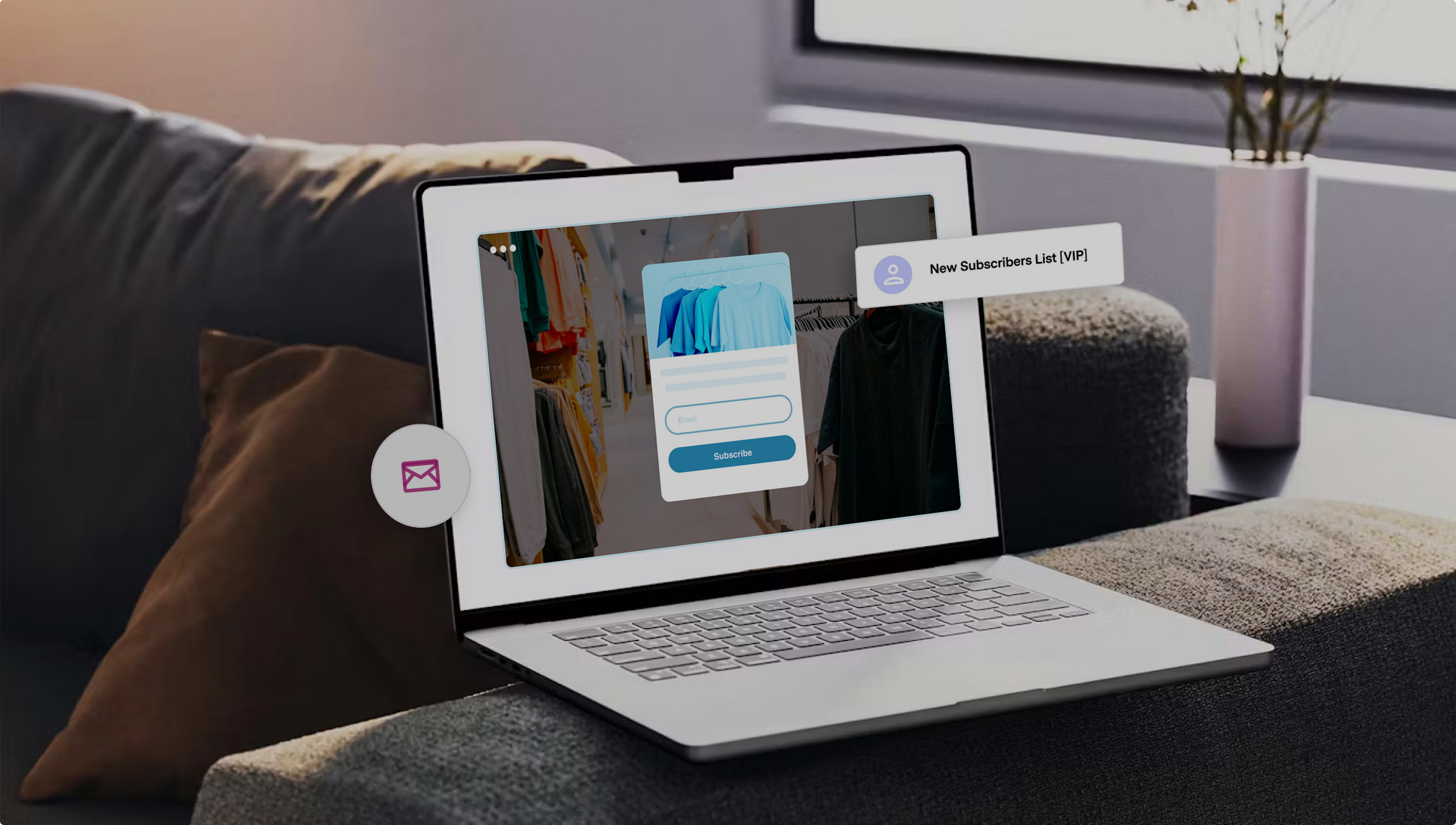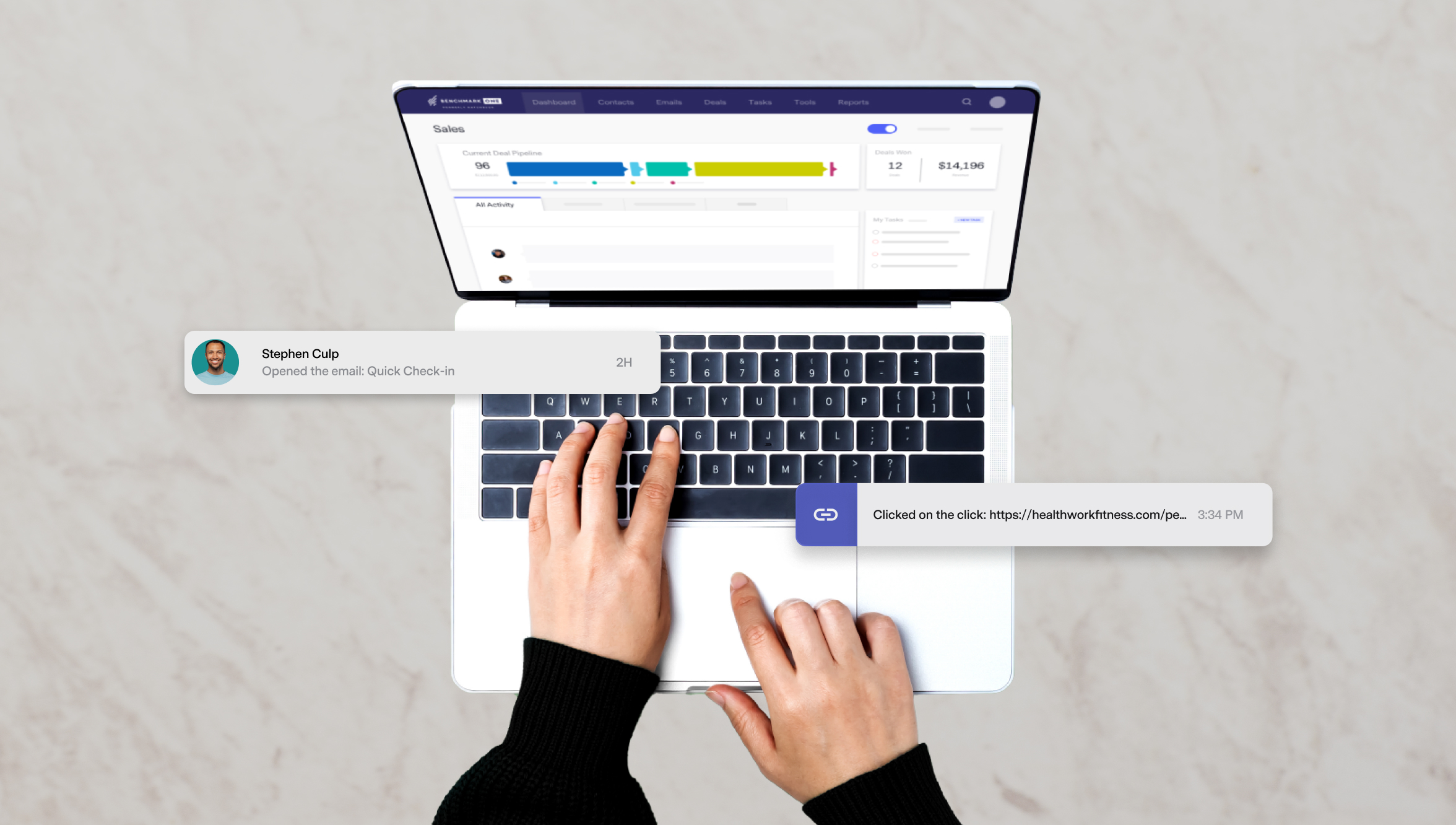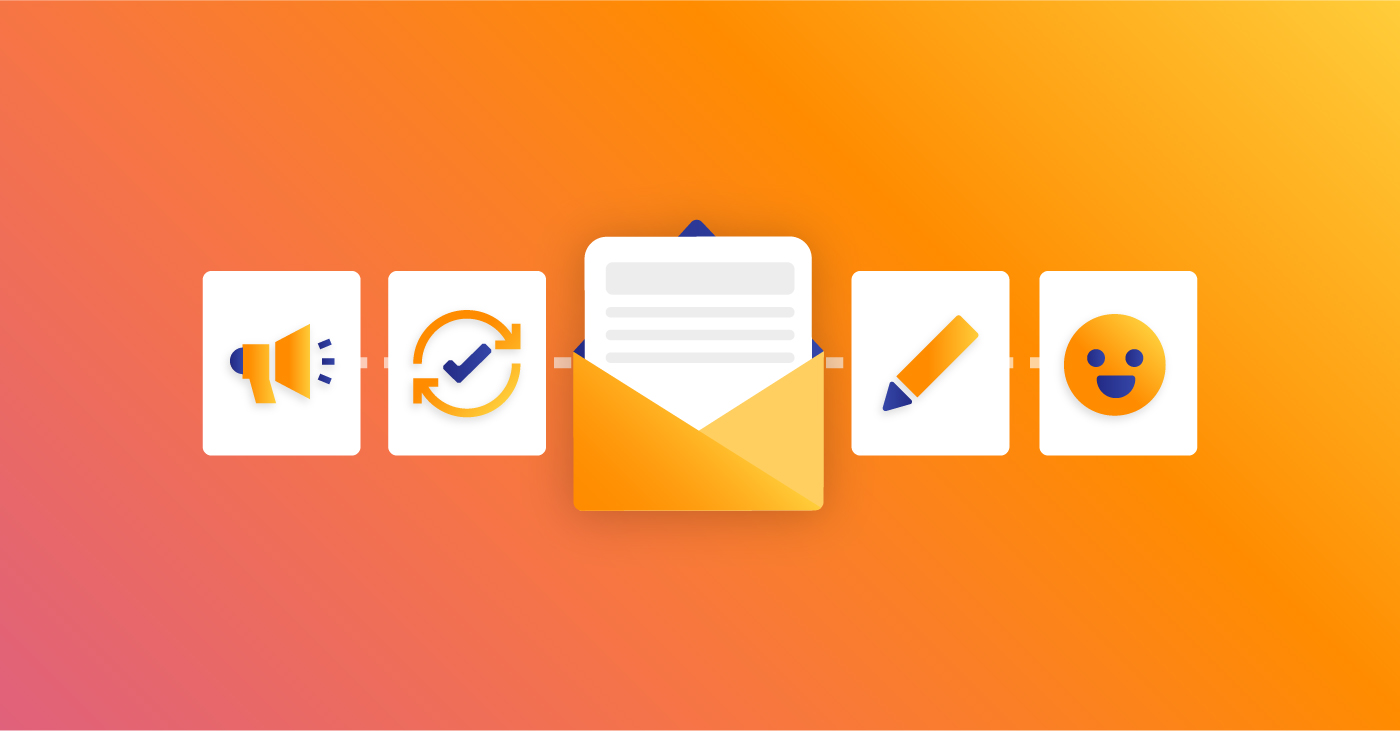
Email marketing is still one of the most versatile tools in the marketing toolbox. There are many types of emails you can send your prospects and customers, and when you incorporate email automation, you can get creative and personalize your content, doubling down on email engagement.
For marketers balancing multiple responsibilities and priorities, understanding the difference between cold emails and marketing emails is key to achieving quick and impactful results.
What Are Cold Emails?
Customers usually opt-in to marketing emails on their own because they’re fans of your brand. They do this through subscriber forms, website forms or landing pages. Marketing emails are a way to engage with and retain your existing customers by sending them resources that educate them and move them through the buyer’s journey.
When you reach out to a potential customer with a cold email, that person has likely never heard of your business or interacted with you before. The point of cold emails is to pursue potential new leads with the hopes of turning them into paying customers.
Key Cold Email Strategies
To send out cold emails, you need to do research to find potential prospects, and LinkedIn is a great tactic. For instance, you could find decision-makers at companies on LinkedIn and reach out to them with a cold email introducing yourself and the solutions your company could provide for their business.
The success of cold emails really depends on the care you take in targeting an audience and personalizing your outreach. The average conversion rate for cold emails is 0.5%, but that’s if you’re sending out hundreds of generic emails without any personalization. If you personalize your emails to a targeted list and craft thoughtful, well-researched email content, you could have up to an 86% conversion rate.
Cold emails are a good way to introduce your business to new customers who may be with a direct competitor. Even if a potential lead doesn’t convert right away, you’re introducing them into your sales funnel, and you’re extending a line to begin what can become a meaningful partnership.
Cold emails are akin to outbound marketing, as they are more of a “push approach” to sales as opposed to a pull. You may have to reach out to a large number of potential clients before you convert them to customers, but the more you do it, the higher your chances of conversion are.
Tips for Getting Started with Cold Email
Cold email is a great way to introduce your brand, highlight your value, and bring new leads into your sales funnel. Here are some tips if you’re thinking about trying cold email:
- Start Small: Begin with a curated list of high-value prospects instead of sending mass emails.
- Leverage AI: Use AI tools to create tailored subject lines and copy that resonate with each recipient.
- Include Value Upfront: Focus on solving a problem for the recipient. For example, share a quick tip or resource that’s directly relevant to their role.
Example: “Hi Sarah, I noticed on LinkedIn that your team is focused on digital campaigns. I created a 30-second video showing how [Solution] can help improve your results with minimal effort.”
Who Sends Cold Emails?
The cold email approach is often used by sales professionals and sales teams. After all, it’s the sales team’s job to do the selling, so they have to get creative with their tactics, which include cold outreach. However, marketers can also be tasked with curating lists and crafting cold email outreach. In this case, leads are handed over to the sales team when they respond to an email.
In an age when cold calling is ineffective and best and invasive at its worst, cold emails can be a great way for sales teams to ease prospects into the buying process, as well as build trust so prospects will be more open to growing the relationship. Make sure to use the best cold email software on the market to send personalized cold emails at scale and improve email deliverability.
What Are Marketing Emails?
You can loosen up a little bit when you send out marketing emails. You’re not trying to convince a new customer to take a chance on your brand immediately like you might when you send out a cold email.
If someone is subscribed to your email, that means they’ve already opted-in to your email communication on their own, or they’re an existing customer who wants to keep engaging with your content. Either way, they’re telling you that they want to hear from you, so they’re the ones making the first move, essentially.
Marketing emails are successful because they often provide incentives for subscribers, like resources, guides, discount codes, birthday promotions, or annual loyalty reward discounts.
Marketing emails are a good way to build brand awareness, keep customers informed about news that relates to your business, and they’re a creative way to generate new leads.
Think of marketing emails as inbound marketing. They’re more of a pull approach, as the customer came to you first. Now all you have to do is keep impressing them through a lead nurture strategy so you can retain their interest and eventually convert them to a customer.
Marketing Emails Tips for Success
- Automate Wherever Possible: Use email sequences to send pre-scheduled updates or promotions.
- Focus on Quick Wins: Highlight time-sensitive discounts, simple how-to guides, or upcoming events to keep subscribers engaged.
- Track Results Easily: Platforms with built-in analytics help you quickly see what’s working, so you can refine without extra effort.
Example: “Hi James, thanks for subscribing! Here’s a free guide to improve your email open rates in less than 10 minutes. Plus, enjoy 20% off your next order with code WELCOME20.”
Who Sends Marketing Emails?
Typically, it is the marketing team that sets up marketing emails and the inbound funnel. Even though the end goal is more sales, it’s the marketing team’s job to align these emails with the other moving parts of their strategy. So, if they’re running special promotions or paid advertisements, they can designate the right email campaigns to match the inbound traffic coming from these efforts.
The marketing team can then check in on these campaigns using their email analytics to see how well they’re doing at converting new prospects to leads and new leads to customers.
Marketing and cold emails serve two different purposes: one is to connect with a new potential client who isn’t familiar with your company, and the other is to build on an existing relationship with your customer. When you utilize both approaches, you create a dual strategy built on outbound and inbound marketing, covering all your bases and setting your company up for additional success.





